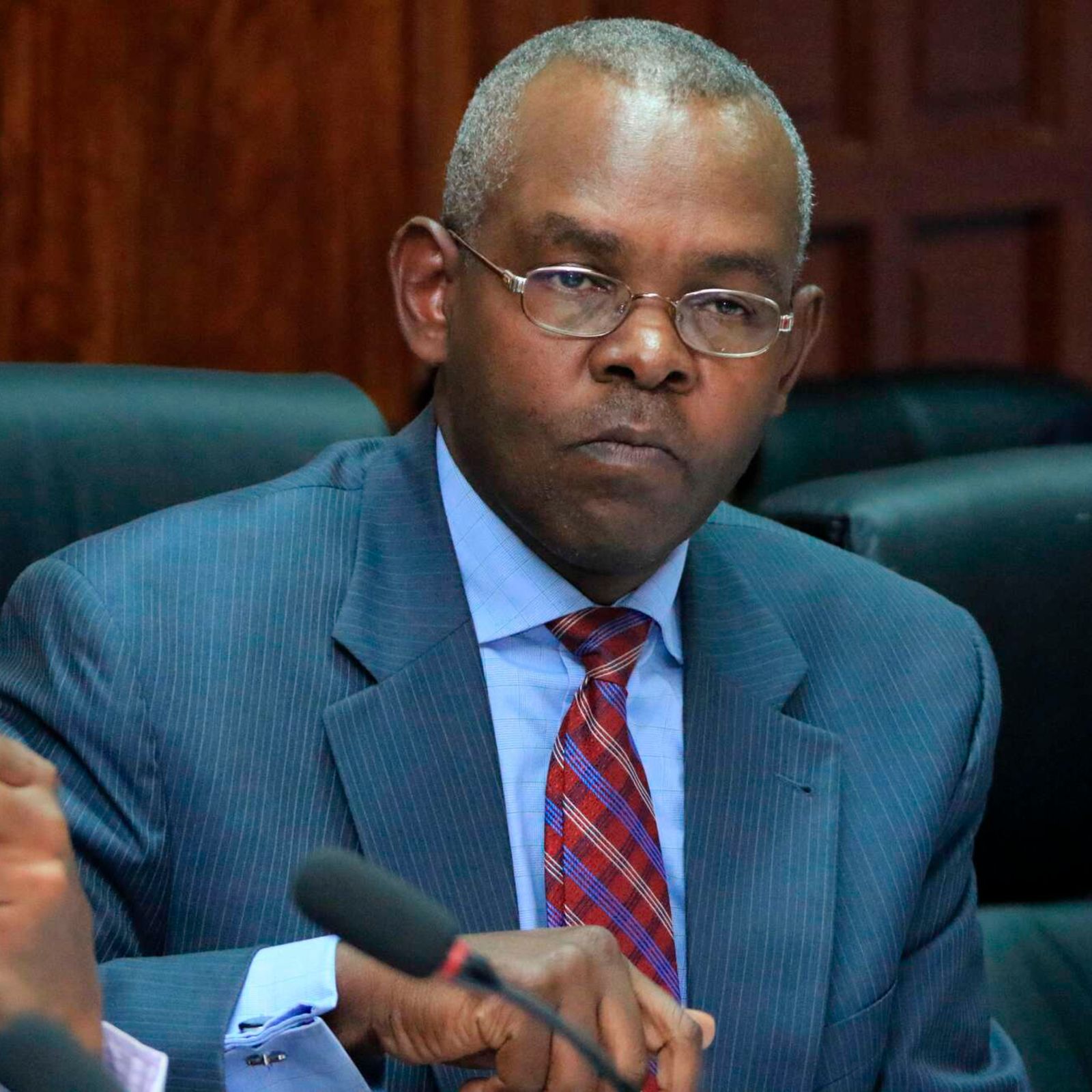Over the past two years, Kenya has seen a notable transformation in how public policies are shaped.
What was once an exclusive process, largely controlled by government bureaucrats, is steadily becoming more citizen-driven. Historically, economic policies were crafted by technocrats—civil servants often influenced by Bretton Woods institutions, foreign missions, and powerful lobby groups. These policies would then pass through a political system that claimed to represent the interests of the people.
Despite political and economic challenges, the growing involvement of citizens in governance has been a silver lining. In recent years, Kenyans have increasingly challenged the monopoly of ideas held by bureaucrats and politicians, asserting themselves as key players in shaping the nation’s economic direction.
Through public protests, litigation, social media campaigns, and forums for public participation, citizens have begun influencing governance. They are demanding fair taxation, responsible public spending, and institutional accountability. Policymakers are now paying closer attention to public sentiment when crafting laws or revisiting failed policies.
The Overlooked Central Bank of Kenya
However, one pivotal institution has largely escaped public scrutiny: the Central Bank of Kenya (CBK). Despite its significant role in shaping Kenya’s economy, the CBK has operated mostly outside the public eye.
This lack of attention stems from its reputation for independence, transparency, and a history free of major scandals—traits that contrast with the more politicized fiscal authorities. But this perception has led many Kenyans to underestimate the CBK’s profound impact on their daily lives.
It’s not about rallying for or against the CBK’s decisions, but rather acknowledging its critical influence and directing informed public attention toward its actions.
A Pivotal Moment for Kenya’s Economic Future
On December 4, 2024, the CBK’s Monetary Policy Committee (MPC) will convene to review the Central Bank Rate (CBR)—a crucial tool for managing inflation, money supply, and economic growth.
Recent reforms at the CBK have enhanced the effectiveness of monetary policy transmission into financial markets. This progress is evident in the MPC’s actions between August and October 2024, where the CBR was reduced from 13% to 12.75% and later to 12%. These moves signaled a shift toward monetary easing to counter slowing economic growth, supported by historically low inflation rates.
As of October 2024, Kenya’s inflation rate stood at just 2.7%—its lowest in a decade. This achievement reflects the success of a tight monetary policy environment that controlled price pressures.
Globally, central banks are also adopting monetary easing. Earlier this month, both the US Federal Reserve and the Bank of England reduced their policy rates by 25 basis points as inflation concerns eased in advanced economies.
Why December 4 Matters
The upcoming MPC meeting is expected to lower the CBR further, potentially by 200 basis points to 10%, with plans to review it again by mid-January 2025. This anticipated reduction could rejuvenate credit flows to the private sector, sparking investments and boosting productivity across various sectors.
As the year draws to a close, such a move could inspire renewed optimism and confidence in Kenya’s economic prospects.
Engaging with Monetary Policy
Kenyans must recognize that the CBK’s policies directly impact their lives—from loan costs to the prices of everyday goods. While fiscal policies often dominate public discourse, monetary decisions by the CBK are equally critical in shaping the nation’s economic health.
It’s time for citizens to give the CBK the attention it deserves. Engaging with monetary policy discussions can ensure that the voices of ordinary Kenyans are considered in decisions that influence their livelihoods.
Let December 4, 2024, mark the beginning of a more informed and engaged public dialogue about monetary policy—a step toward a more inclusive and resilient economic future.



















+ There are no comments
Add yours